When to Consider Industrial Fabrication
Industrial fabrication is a delicate process that requires expertise to achieve the desired results. That’s why choosing this method must include...
5 min read
Craftsmen Industries Nov 7, 2023 12:56:04 PM
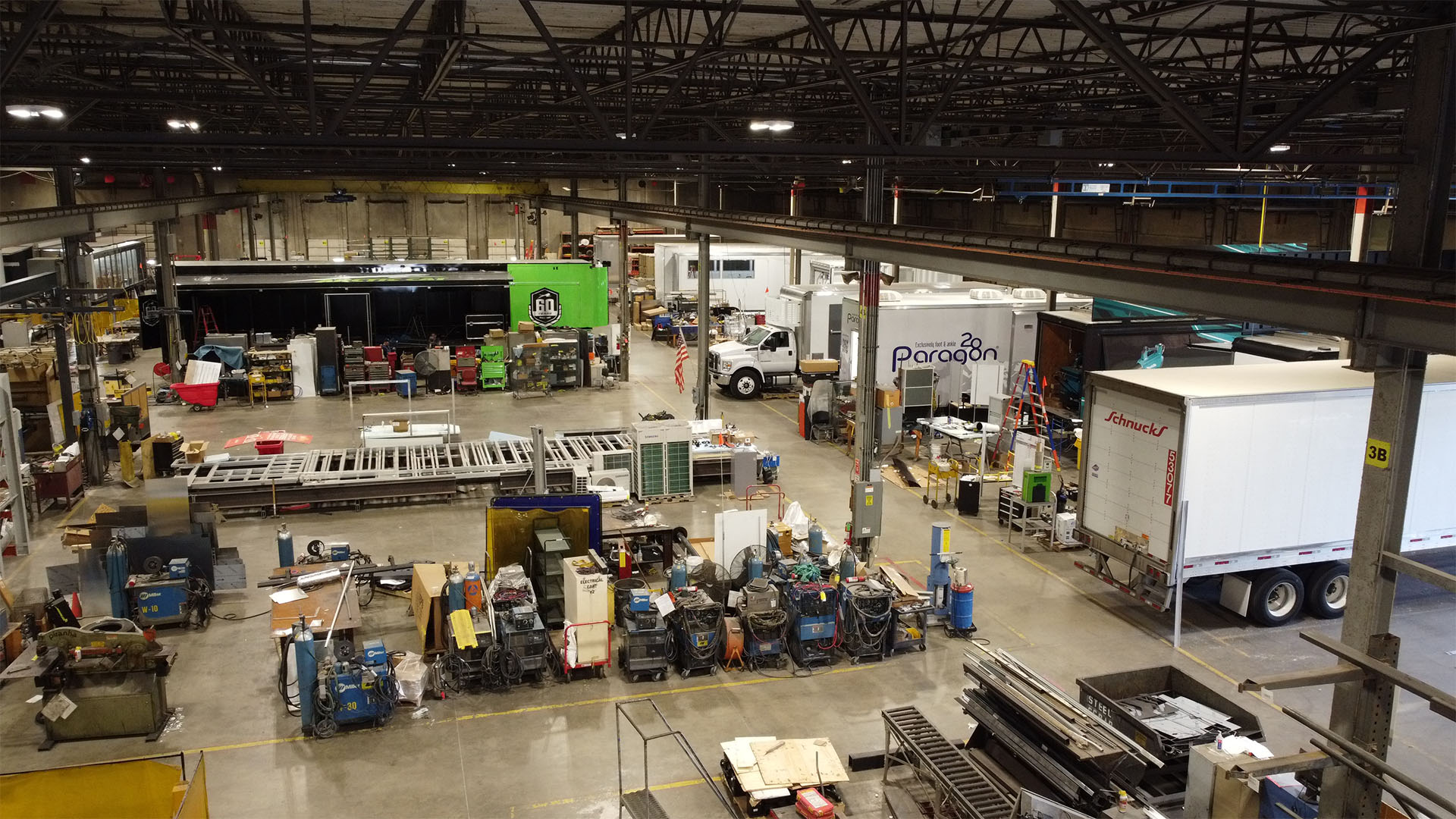
Industrial fabrication has profoundly impacted society, enabling products to be produced on a massive scale and driving technological innovation. However, the cornerstone of modern manufacturing has raised concerns about its environmental impact due to processes such as mass production and resource extraction. So, it’s only a matter of time before everyone talks about the environmental impacts of industrial fabrication. Let us be one of the first.
Industrial fabrication refers to creating structures, products, and components using specialized techniques, machinery, and tools. This process involves transforming raw materials into finished products that can be used in many industries, including construction, aerospace, automotive, and others.
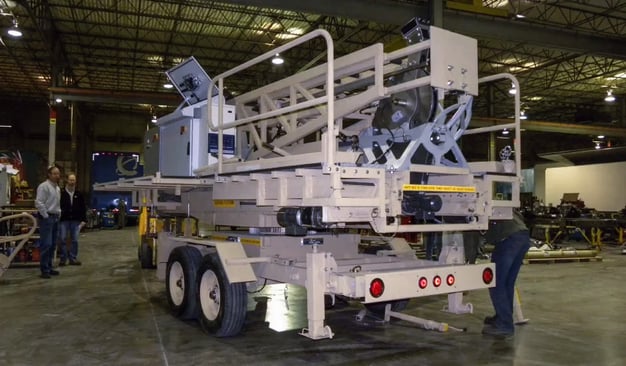
Source: craftsmenind.com
Industrial fabrication is a key aspect and a subset of the broader manufacturing process. It focuses on creating specialized components or products through processes such as metalworking. This is done through cutting, welding, bending, forming, and assembling material into a raw product.
The process enables the mass production of large-scale products and the construction of complex structures. These include metal structures and components, custom machinery and equipment, automotive parts, architectural elements, and construction components.
As a result, industrial fabrication contributes to economic development and drives innovation in manufacturing processes and materials. While industrial fabrication has brought benefits regarding economic growth and technological progress, it has also raised environmental impact and sustainability challenges. Let’s get into more details.
One of industrial fabrication's main impacts on the environment is the extraction of materials. During manufacturing, the workers use non-renewable sources, including minerals like iron and aluminum and fossil fuels such as coil and oil, plastics, and other resources.
The demand for these resources puts pressure on the natural ecosystem. The most common side effects are deforestation and disruption of aquatic ecosystems. Moreover, these resources' extraction, processing, and transportation can lead to environmental impacts.
The fabrication process can be energy-intensive, especially when there are high-temperature operations. Manufacturing plants and factories require a vast amount of electricity.
The process of transforming sheet metal into finished products requires the use of a wide range of machinery. If the energy comes from non-renewable sources such as fossil fuels, industrial fabrication can contribute to greenhouse emissions and air pollution.
The release of greenhouse gasses such as carbon dioxide (CO2), nitrous oxide (N20), and methane (CH4) is another concern of metal fabrication. These cases are emitted during industrial processes such as machine operation and transportation within the industrial fabrication industry. These greenhouse gases can greatly impact environmental issues, including climate change and air quality.
Grinding processes can release dust and particles, while welding operations can generate gasses like ozone and toxic metal fumes. The emission traps heat in the atmosphere, which can lead to changes in the climate and global warming.
Specific fabrication processes, such as welding and painting, can release various air pollutants. These can include airborne particles, volatile organic compounds, and hazardous chemicals.
This can affect the air quality and pose potential risks to nearby communities. In addition, improper waste disposal can contaminate the waters, threatening human health and aquatic life.
Some fabrication processes involve using chemicals, solvents, and cutting agents as part of the manufacturing process. Unfortunately, their inadequate disposal can cause soil and water contamination.

Source: craftsmenind.com
As mentioned, industrial fabrication enables mass production of goods, but this type of fabrication produces substantial waste. This waste can take the form of solid materials like discarded material and packaging, as well as hazardous waste like chemicals and by-products.
The improper disposal or inadequate recycling of such waste can cause adverse environmental consequences. Certain fabrication operations may require significant amounts of water for cooling, cleaning, and other processes, which can lead to water scarcity.
The expansion of industrial facilities for fabrication purposes can lead to habitat destruction. It can displace native flora and fauna, disrupt the ecosystem, and reduce biodiversity. Also, contaminated land can remain unusable for an extended period.
The fabrication processes usually involve using hazardous materials like heavy metals and solvents. Their improper handling, storage, and disposal can harm the ecosystems.
Aside from the physical impacts, industrial fabrication can lead to sensory pollution. The noise levels can disturb the local communities. In addition, large-scale factories can alter the appeal of the natural landscapes. Many fabrication processes, such as hammering steel and cutting metal, can produce noise at harmful levels.
After discussing the substantial environmental impacts of industrial fabrication, let’s discuss some viable solutions that can mitigate their harm.
Implementing renewable energy sources and energy-efficient technologies can significantly reduce carbon footprints. The use of environmentally friendly chemicals instead of hazardous substances can also diminish the impact.
By implementing lean manufacturing principles, companies performing industrial fabrication can reduce the energy and materials they use and improve the quality of their products.
This can be done by conducting analysis and identifying the areas of waste. The next step is eliminating waste and optimizing workflow to improve efficiency. As metal fabrication requires a lot of energy, companies can install energy-efficient equipment and use renewable energy sources to reduce the waste of energy.
Transitioning to renewable energy sources like solar and hydroelectric power can reduce the emission of greenhouse gasses during fabrication processes. Conducting energy audits and implementing energy-saving measures are also recommended for energy efficiency.
Among the sustainable solutions is exploring waste-to-energy technologies to convert certain types of waste into energy. Promoting efficient waste management systems and encouraging product recyclability and reusability can also minimize the consumption of resources.
Implementing systems that capture and treat wastewater for further use and adopting water-saving technologies and practices can reduce water consumption and pollution.
The manufacturers can install control devices for pollution, such as filters and catalytic converters, to treat and minimize the release of pollutants into the air. Ensuring compliance with industry-standard certifications such as ISO 14001 can encourage sustainable practices.
The use of eco-friendly materials and processes can revolutionize industrial fabrication. Implementing innovative technologies and processes can also reduce environmental impact.
Designing products with the intention of reuse and recycling can reduce the need for using raw materials. What is also recommended is conducting a thorough lifecycle assessment of products, encouraging sustainable practices, and fostering a culture of environmental responsibility.
Other practices that can lead to improvements include:
Metal fabrication plays an integral role in various industries but also has an impact on the environment. As this industry evolves, it is moving towards using technologies and practices that reduce the impact.
They turn to technologies that use less power, use fewer hazardous materials, and aim to produce less waste.
Many companies are starting to invest in renewable energy sources for their operations and implement recycling programs to reduce waste. They are also turning to using more sustainable materials such as aluminum.
Aside from reducing environmental impact, companies implementing sustainable practices can improve productivity and, at the same time, reduce costs. They can stand out from the competitors and attract environmentally conscious customers.
As leaders in the industrial fabrication sector, we are committed to minimizing environmental footprint. We prioritize eco-friendly and recycled materials to mitigate the environmental impact that is associated with the extraction and processing of materials.
We implement state-of-the-art technologies and practices intending to enhance energy efficiency. By optimizing our machinery and operations, we reduce energy consumption and lower greenhouse gas emissions.
Our team adheres to a zero-waste philosophy. As a result, we implement waste management and recycling practices to minimize waste and divert materials into the production cycle.
At Craftsmen Industries Inc., we adopt advanced emission control technologies and invest in developing sustainable solutions. We adhere to rigorous environmental standards and are committed to sustainability.
Our goal is to set an example for responsible manufacturing practices within the industrial fabrication sector for progress toward a more environmentally responsible future.
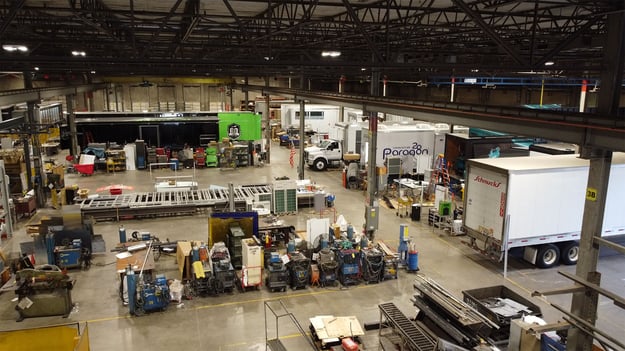
Source: craftsmenind.com
Having an understanding of the environmental impacts of industrial fabrication is crucial for fostering a sustainable future. By embracing sustainable practices and investing in cleaner production technologies, we can strive for harmony between the industry and the environment. We can also pave the way for a greener and sustainable future.
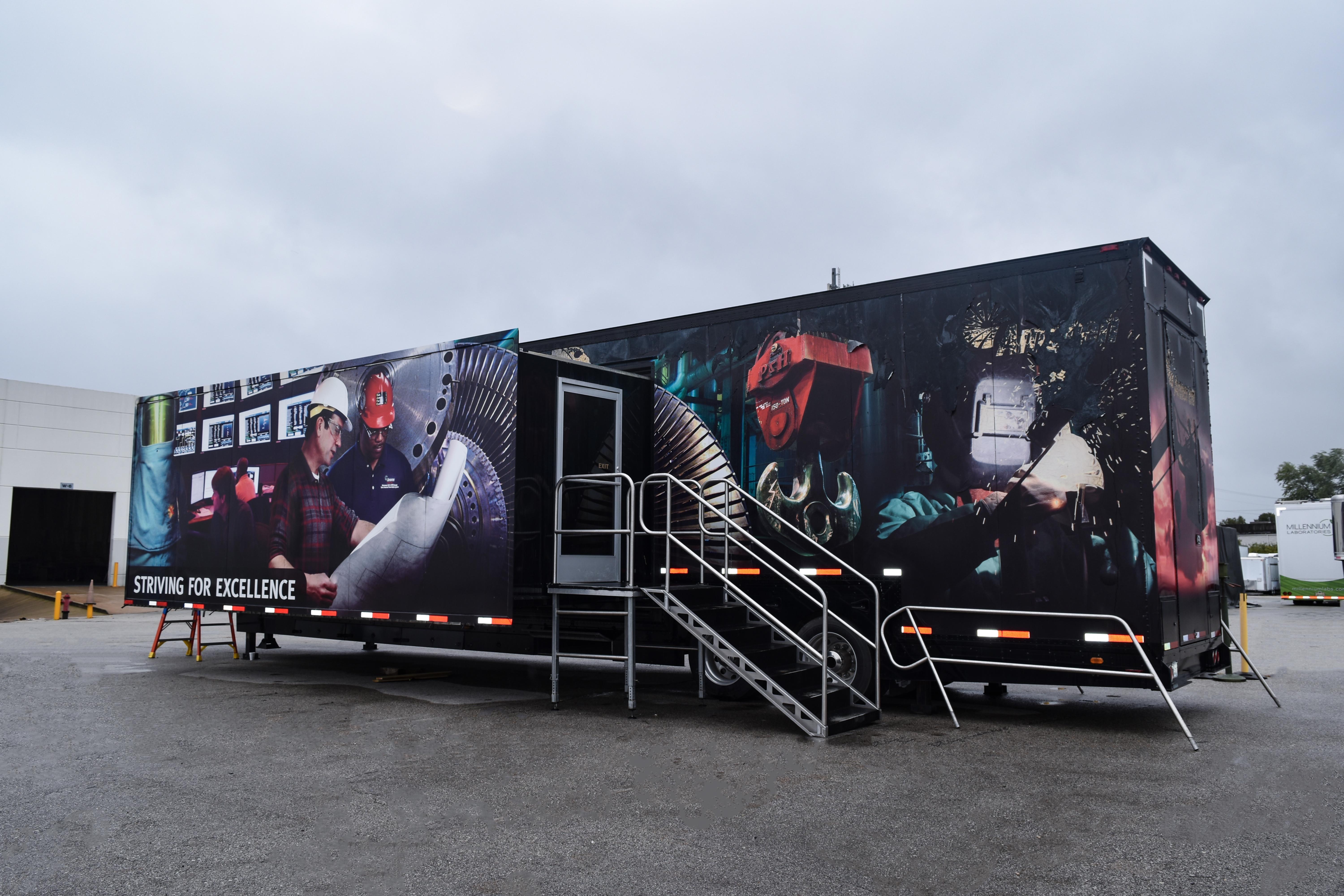
Industrial fabrication is a delicate process that requires expertise to achieve the desired results. That’s why choosing this method must include...
Industrial fabrication is a process in which specialized machinery alters raw materials to specific shapes. Without the fabrication industry, there...
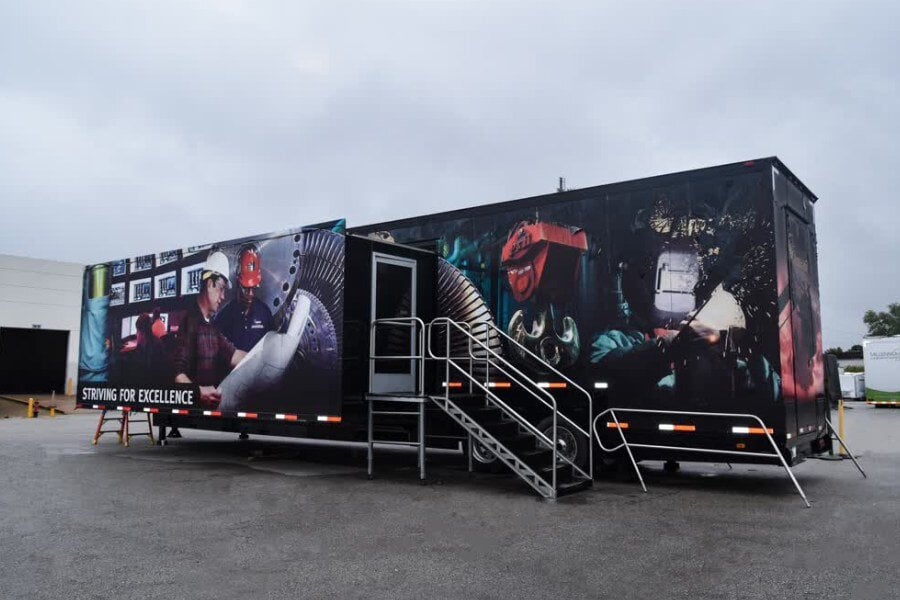
Custom industrial fabrication has become an essential component of modern manufacturing, especially in industries that rely heavily on metal...